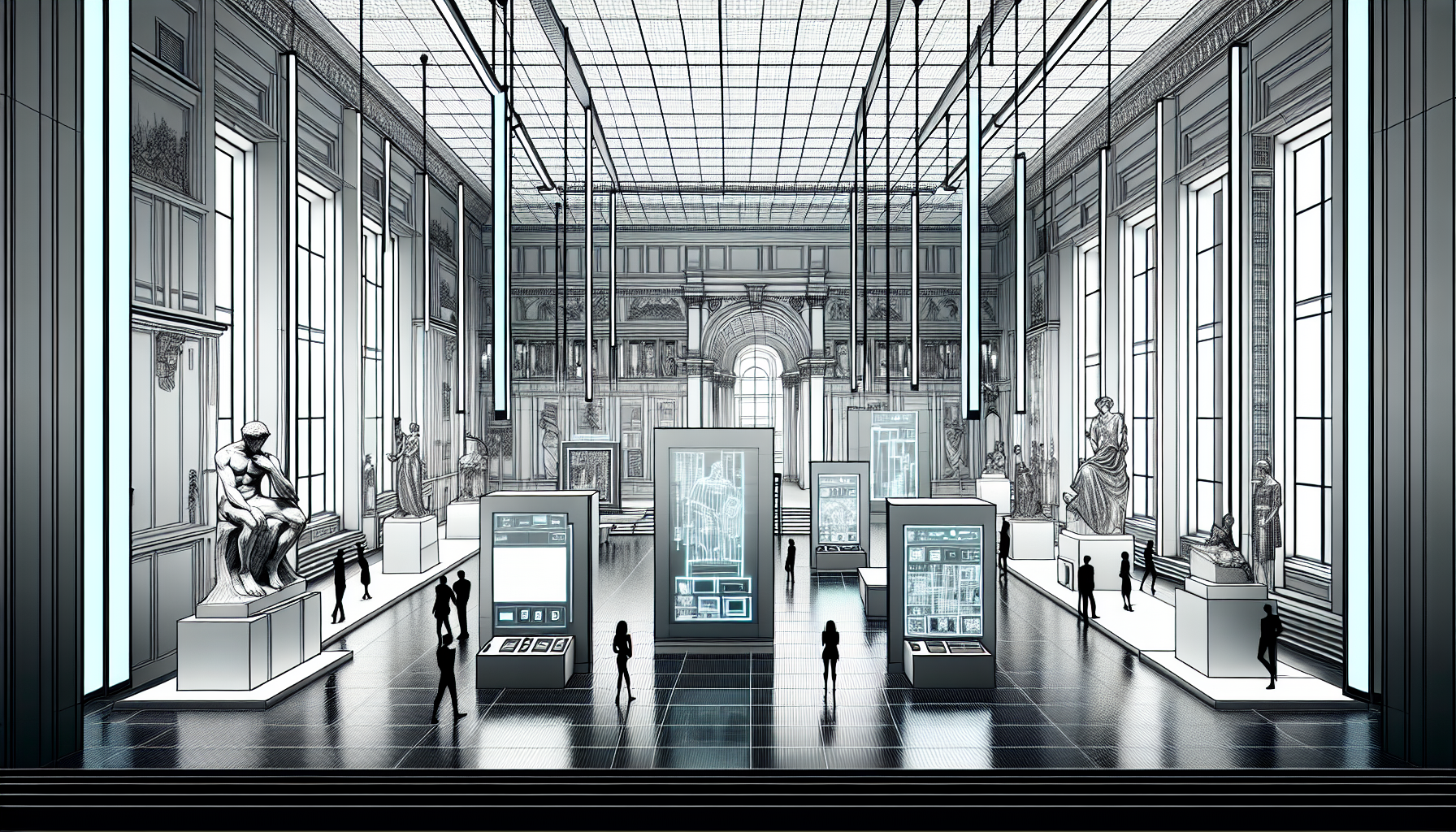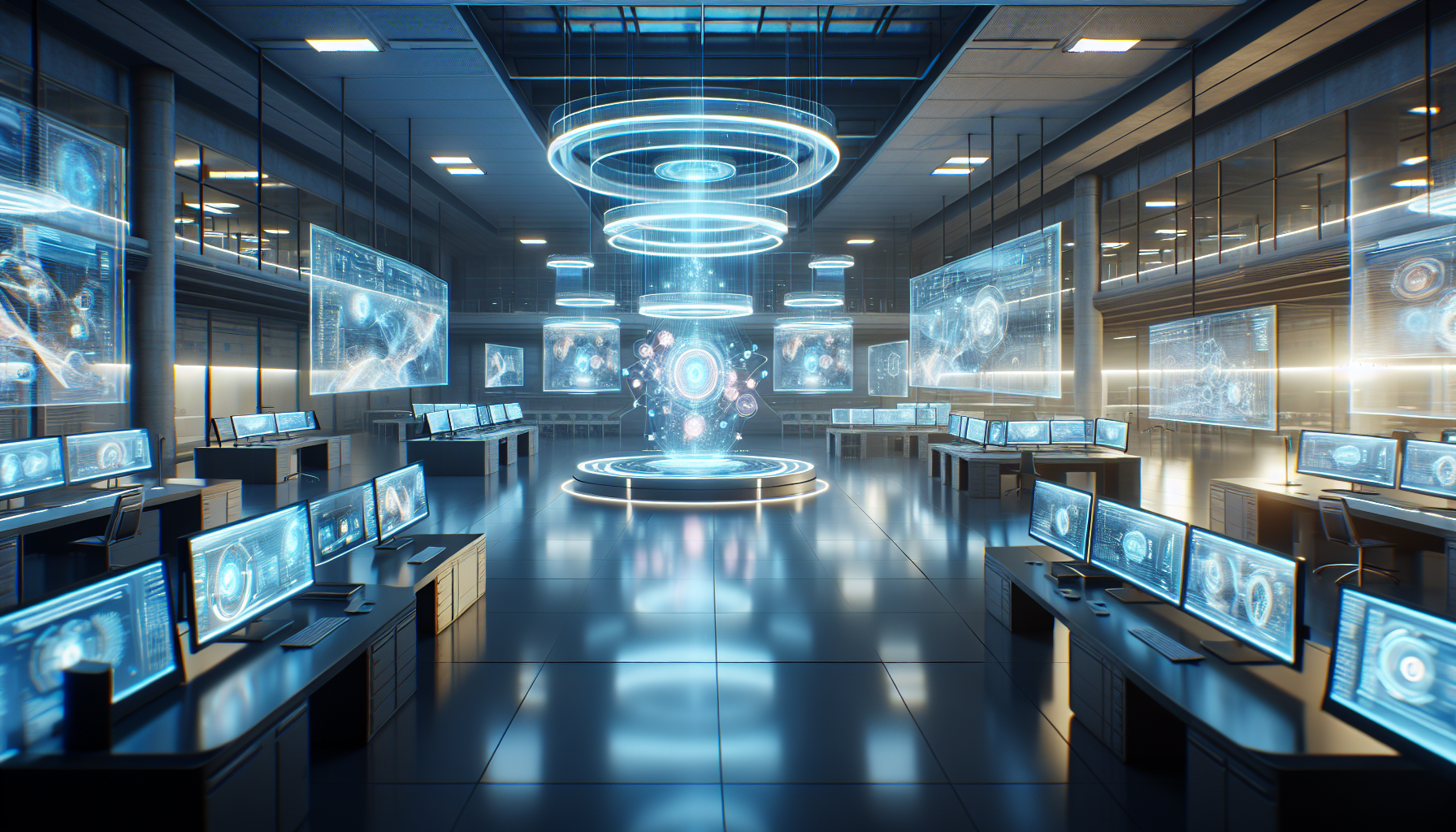As fans of geek culture, we often look back fondly on the artifacts that tell our stories. Those elements, from comic books to video games, form a part of our collective history. But preserving this culture goes beyond what we can see today; it’s about ensuring future generations have access to our rich heritage. Digital access to historical artifacts plays a critical role in this preservation, transforming how we interact with and understand the past.
The Debate on Digital Access
So, what exactly do we mean when we talk about digital access? It’s not just a buzzword; it encompasses the digitization of cultural artifacts through 3D scans, online databases, and virtual tours. Today, many museums are embracing this technology or at least making strides toward it, albeit sometimes facing significant pushback. The struggle for digital equity has sparked debates about the gatekeeping of cultural treasures, often fought over legal and financial motives.
Case Study: 3D Scans and Legal Battles
A compelling example can be seen at the Rodin Museum in France. With the advent of 3D scanning, the museum launched an initiative that could have opened up its sculptures to a new audience. However, fourteen years later, musée Rodin’s scans have not been shared with the public. What’s happening behind these closed doors? Much of it comes down to the legal implications and the powerful influence of the French Ministry of Culture, which has stifled access to this technology through complex legalities that deter access.
In a particularly notable development, a lawsuit was filed against the Rodin Museum, highlighting the tension between public access and institutional control. Fortunately, the outcome marked a victory for digital rights, reinforcing the idea that everyone should have the opportunity to engage with their cultural heritage.
Benefits of Digital Access to Historical Artifacts
You’re probably wondering how this digital access benefits us. For educators and researchers, the ability to utilize 3D scans opens up worlds of possibility. As noted, researchers and educators can use these scans to further our understanding of the arts, facilitating a deeper connection with history and fostering creativity.
Moreover, the creative community thrives on reinterpretation. Artists and creators can use these digital artifacts as inspiration or even as a base for their masterpieces. Platforms like the British Museum and Smithsonian offer access to their digital collections, encouraging innovation and greater participation in the arts.
And let’s not forget the visually impaired. Engaging with replicas made possible by digital assets means inclusivity in experiencing cultural artifacts. Imagine the joy of holding a tactile representation of a historical sculpture, a chance to feel history in a way that transcends traditional viewing.
Challenges and Resistance
Public sentiment plays a crucial role in this discussion, with many experts advocating for greater access while recognizing the value of preserving cultural heritage. The chorus for a more open approach continues to grow.
The Future of Digital Access
Looking ahead, the potential for increased collaboration among museums, artists, and tech companies suggests a promising future for digital access. New movements toward open-access initiatives hint at a shift in the cultural landscape, which would fundamentally change how we interact with historical artifacts.
Advancements in technology may further enhance preservation methods, leading to even more accessible digital experiences. However, advocacy remains crucial in shining a light on these efforts, urging the public to rally behind the cause for open access to cultural heritage.
In Conclusion
Digital access to cultural artifacts isn’t just a technical issue; it’s about preserving our geek culture for generations to come. As we ponder future possibilities, we invite you to engage in the conversation. Together, we can advocate for a future where the treasures of our past are open and available to all.
If you’re interested in exploring more about this topic, check out this insightful piece on Secret 3D Scans in the French Supreme Court.










